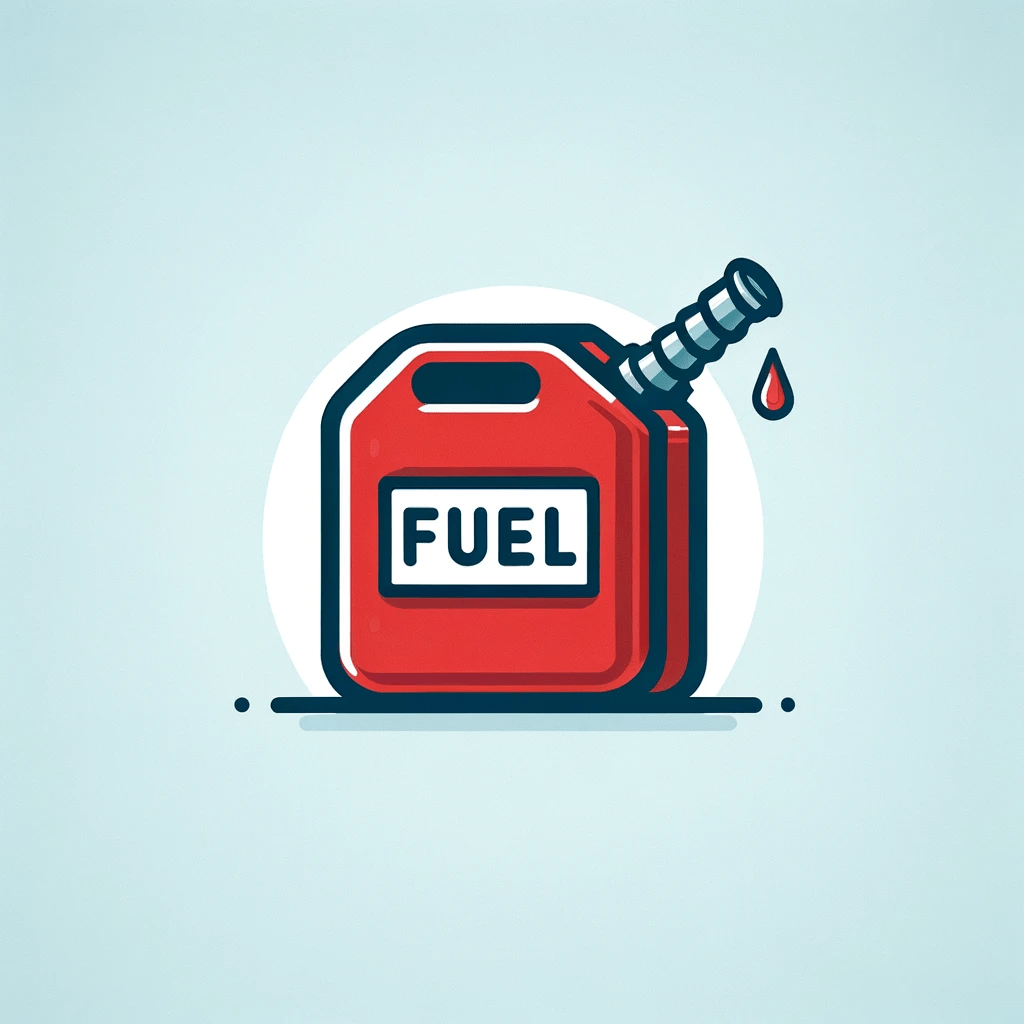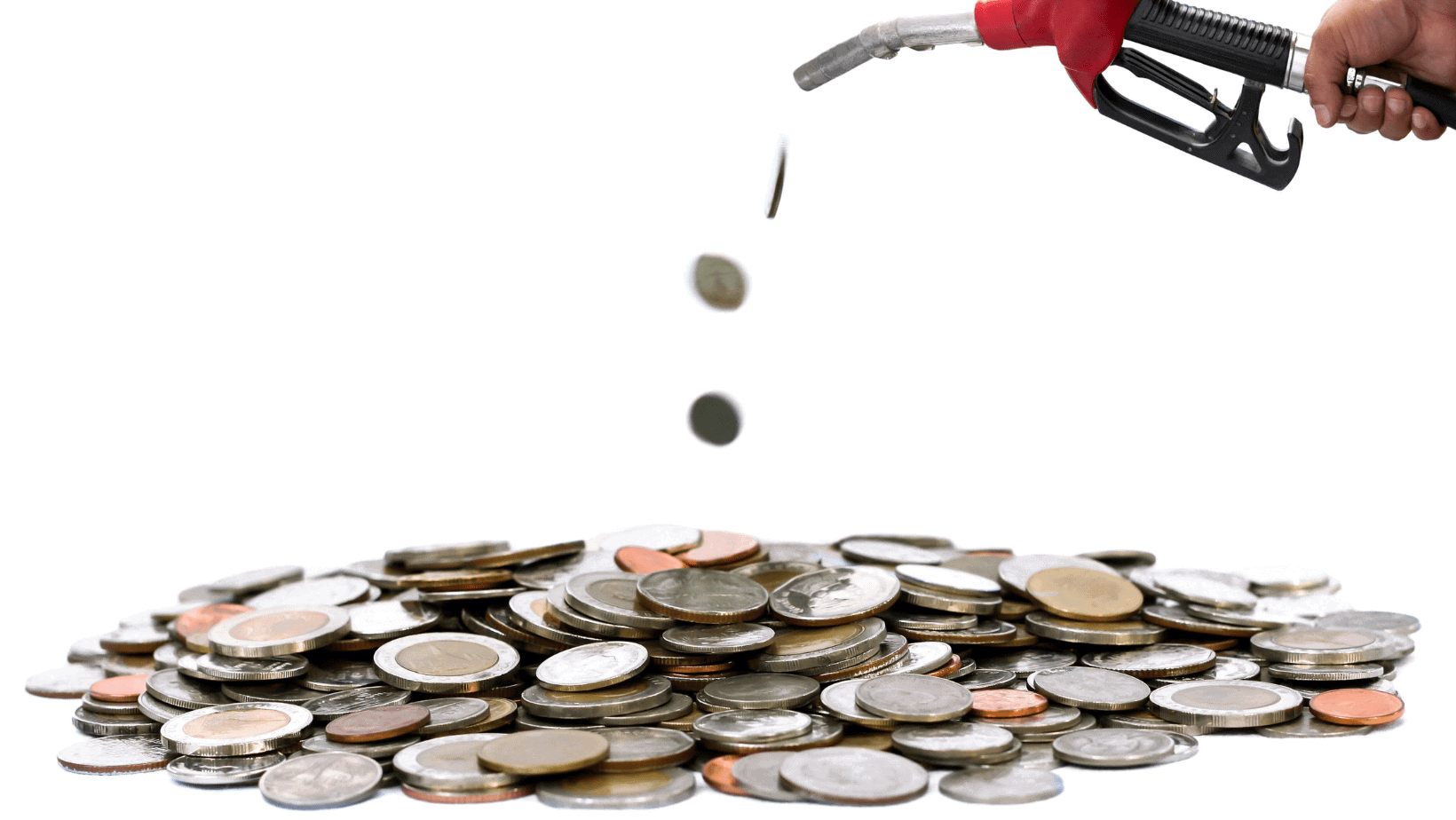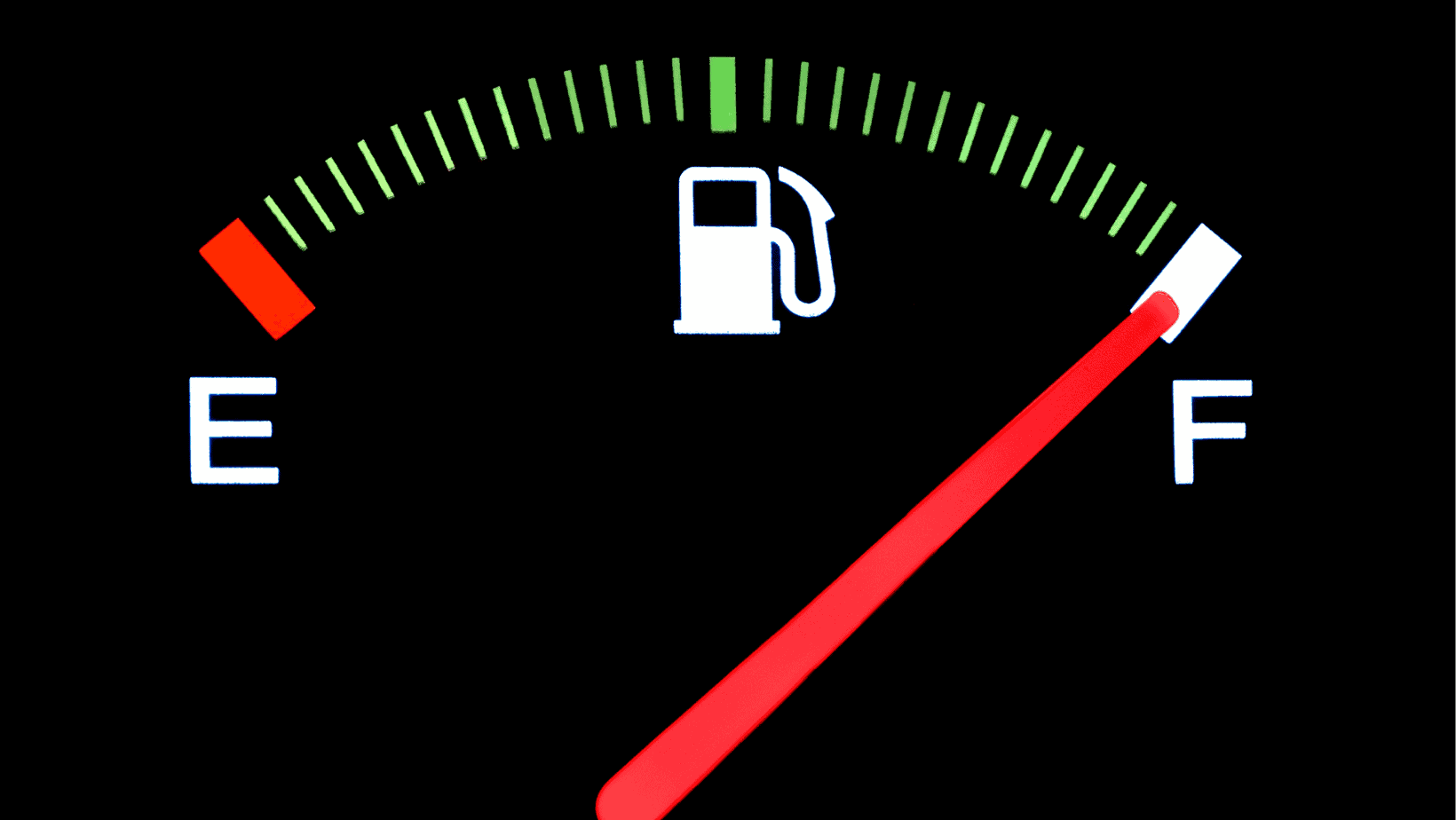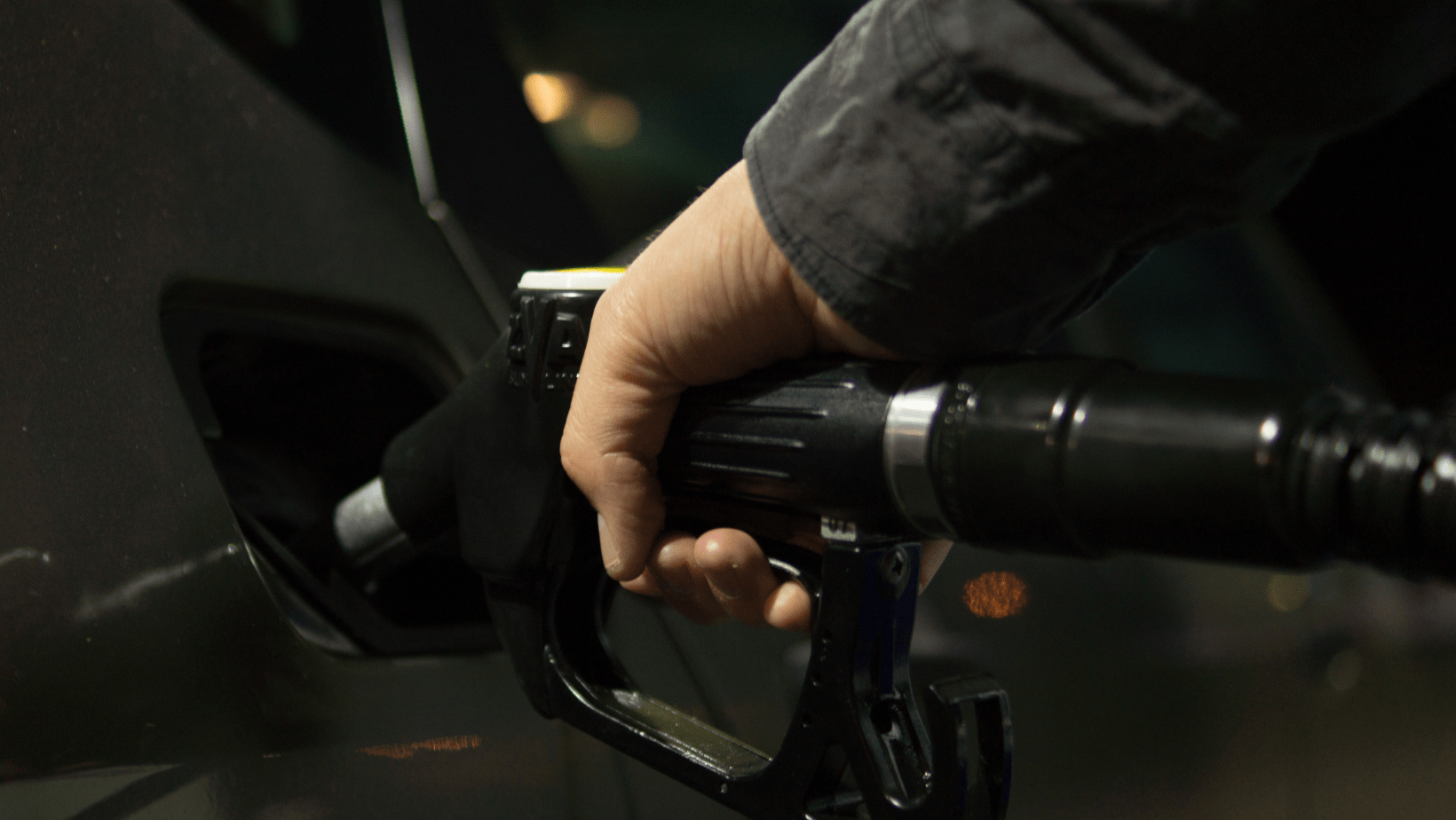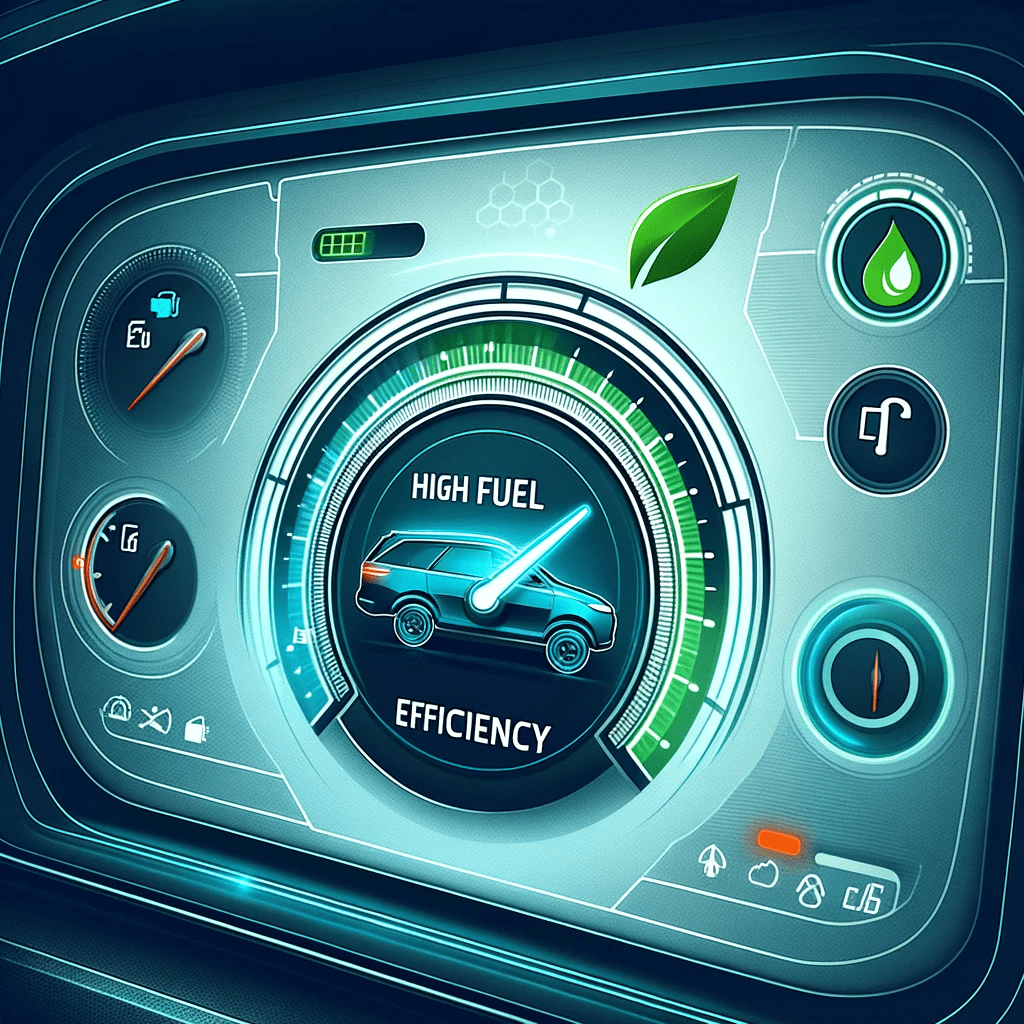Key Takeaways
| Aspect | Detail |
|---|---|
| Engine Wear | Idling can accelerate engine wear and reduce engine life. |
| Fuel Economy | Prolonged idling decreases fuel economy and efficiency. |
| Environmental Impact | Increases carbon emissions and contributes to air pollution. |
| Cost Implications | Contributes to higher fuel costs and potential maintenance expenses. |
| Improvement Tips | Strategies include efficient driving habits and vehicle maintenance for better fuel efficiency. |
Engine idling is not just a matter of wasted fuel; it’s a complex issue with far-reaching consequences. At the heart of the problem is the decrease in vehicle efficiency. When a car idles for more than 20 minutes, its efficiency plummets to zero, exacerbating performance issues, especially in diesel and hybrid vehicles. The buildup of carbon within the engine is just one of the many detrimental effects of high idle-times, which include decreased fuel economy and increased risk of engine wear due to incomplete fuel combustion.
But what does this mean for your vehicle’s health and your wallet? Idling for as little as 10 seconds consumes more fuel than restarting the engine, making it akin to burning money. Moreover, idling fails to warm up the engine effectively, risking damage to various components and leading to increased maintenance costs.
The Ripple Effect on Fuel Efficiency and the Environment
Idling’s impact on fuel efficiency is twofold. On the one hand, it increases the likelihood of the oil temperature dropping, which can lead to fuel dilution and heightened acid levels, accelerating engine wear. On the other hand, fuel efficiency is critical for managing operational costs, especially for fleets where fuel is a significant expense.
The environmental repercussions are equally concerning. Car engine idling leads to increased fuel consumption, a decline in fuel economy, a surge in carbon emissions, and expedited engine wear, which aligns with the unfortunate reality of creating a dent in your finances due to increased fuel costs.

Engine idling consequences: Fuel Efficiency Improvement Tips
Improving fuel efficiency is not just about reducing idling; it’s about adopting smarter driving habits. Smooth acceleration, cornering, and braking not only prolong the life of your vehicle but also conserve fuel. Monitoring your speed is another crucial factor. Fuel economy peaks at around 50 miles per hour and then decreases as speed increases. Therefore, reducing highway speed by even five to ten miles per hour can significantly enhance fuel economy.
Regular maintenance, such as ensuring proper tire pressure and systematic vehicle check-ups, plays a pivotal role in sustaining fuel efficiency. An underinflated tire alone can increase fuel consumption by as much as 3%. Scheduled oil changes, air filter replacements, and maintaining proper tire pressure are indispensable for optimal fuel performance.
Incorporating these strategies into your driving habits and vehicle care routine can lead to substantial savings and a longer vehicle lifespan. For detailed guides on enhancing fuel efficiency, consider exploring articles on improving fuel injection, fuel efficiency tuning, and the impact of exhaust systems on fuel efficiency.
